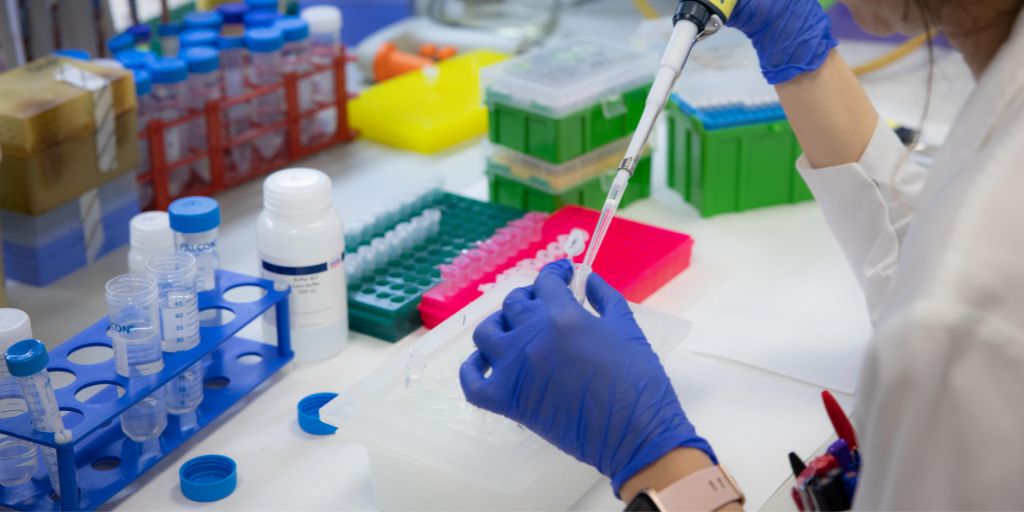
Throughout its history, the field of biomedical research in oncology has witnessed remarkable breakthroughs that have transformed our approach to cancer treatment. From the development of the first chemotherapeutic agents in the 1940s, to the advent of early breast cancer detection techniques such as mammography in the 1960s, and more recently the emergence of targeted therapies in the 2000s and immunotherapy in recent decades, innovation has paved the way for new paradigms. These advances, driven by the study of tumour biology and precision medicine, have revolutionised the way we design treatments, focusing on molecular targets within malignant cells and the tumour microenvironment. The field is constantly evolving and the need to bridge the gap between research and clinical application is paramount.
The next crucial turning point in oncology’s ongoing journey is the trend towards “tech transfer”. This process is critical because it determines how efficiently laboratory discoveries make their way into the clinic. It accelerates the identification and testing of innovative therapeutics and biomarkers. Technology transfer in oncology is intrinsically linked to the development of personalised medicine, and we’re making steady progress.
Our understanding of the genetic and molecular aspects of tumours is at an all-time high. We are making discoveries about the genetic mutations that cause tumours and the molecular pathways responsible for their growth. These discoveries have the potential to lead to new treatments, therapies and diagnostic tools. However, this potential remains untapped unless these discoveries are translated from the laboratory to the patient’s bedside.
Consider the case of VIGex, a predictive platform developed through an international collaboration of global research centres. It classifies solid tumours into three categories based on the expression of genes involved in the adaptive immune response. This breakthrough is an example of how innovations born in the laboratory can be applied directly to patient care.
So why is technology transfer so important in oncology? First, traditional drug development in oncology is notoriously expensive and time-consuming. Translational research streamlines this process by accelerating the identification and testing of therapeutic agents and biomarkers. But it doesn’t stop there; technology transfer complements translational research. It ensures that scientific discoveries don’t remain in the laboratory but move seamlessly into the clinic by merging the latest breakthroughs from research institutions with the advanced capabilities of industry leaders. This collaboration speeds up the conversion of lab discoveries into real-world patient solutions. In the hands of skilled clinicians, these new solutions can be translated into real benefits for patients.
To maximise technology transfer in oncology, there is a clear need to equip our institutions with state-of-the-art technologies and research tools to characterise the molecular profile of patients’ tumours. The technology should be driven by patient needs. This approach ensures that both scientists and clinicians have the resources they need to conduct cutting-edge research, while at the same time translating the latest findings into patient care.
In oncology, where innovation can have a direct impact on patient outcomes, the feedback loop between laboratory findings and clinical application is invaluable. It is therefore clear that the oncology sector must actively invest in technology transfer policies that facilitate the rapid translation of discoveries into clinical practice. This approach ensures that patients benefit from cutting-edge research. Transferring technology from the laboratory to the clinic is our shared mission. As a sector, we must remain committed to making the latest discoveries available through clinical trials, adopting new technologies and encouraging the development of out-licensing strategies that foster the transfer of knowledge generated in the laboratory to the patient’s bedside.
In conclusion, technology transfer in oncology is not just a trend, it is a necessity. It bridges the gap between groundbreaking research and practical patient care, ensuring that innovations reach those who need them most. As a sector, we must continue to embrace technology transfer wholeheartedly to ensure that research translates into tangible benefits for patients and ultimately advances the fight against cancer.










